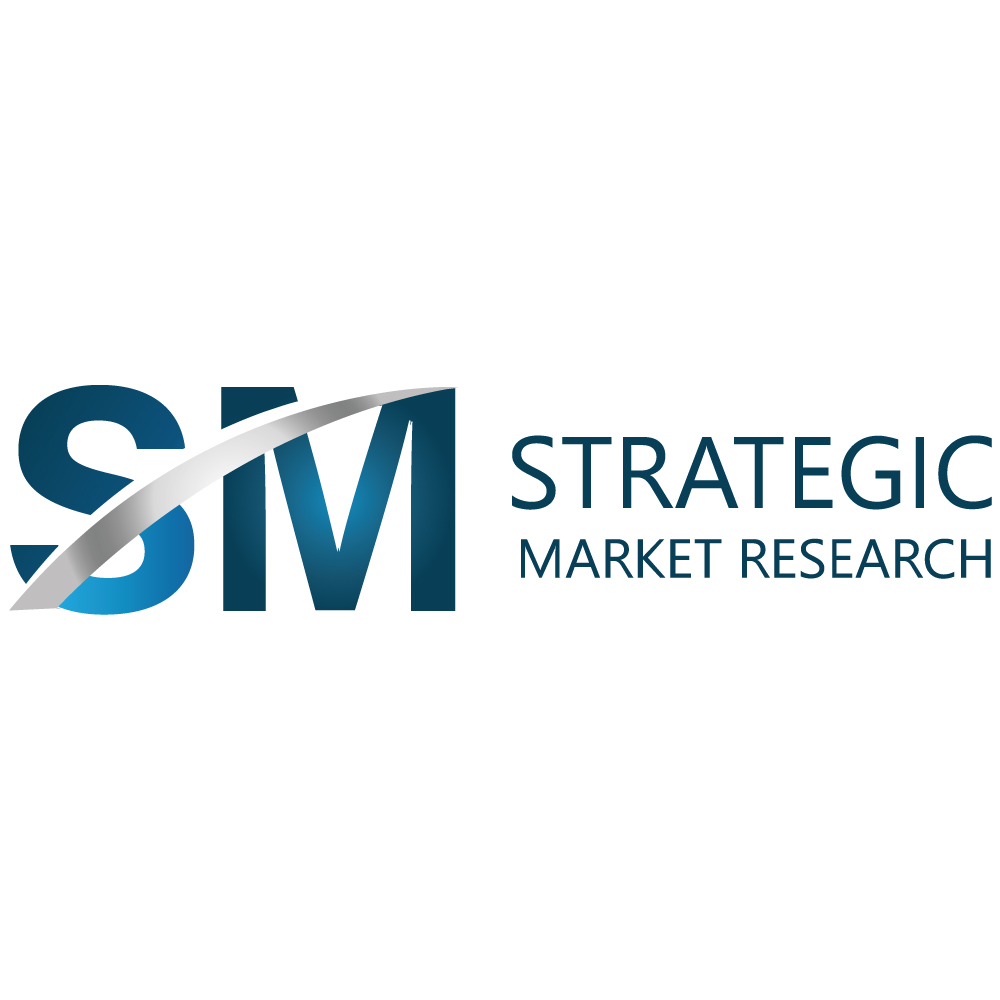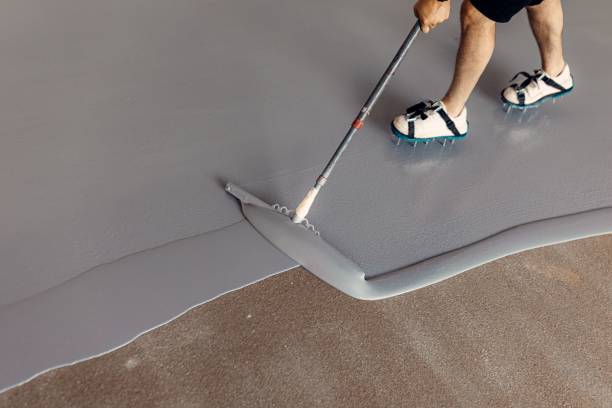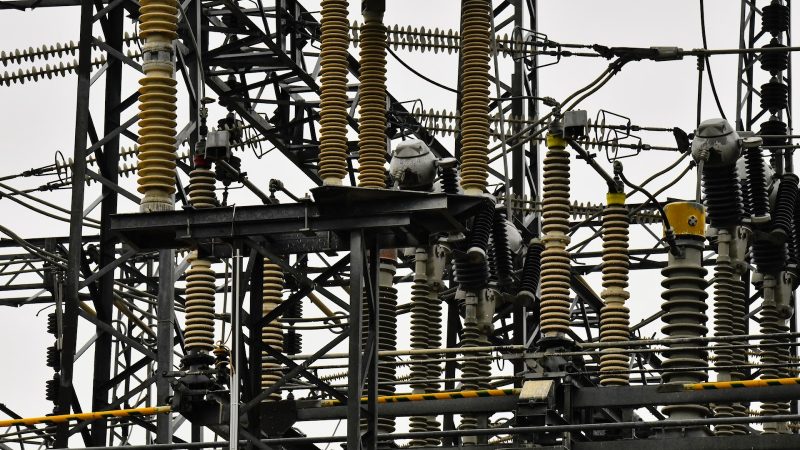Detailed insights into automotive metal stamping market

The process of treating sheet metal and shaping it into different sizes and forms for use in automobiles is known as automotive metal stamping. The five main steps in metal stamping for sheet metals include blanking, embossing, bending, coining, and flanging, among others. A metal sheet is divided into one or more blanks during the blanking process. Stretching the materials into little depressions during embossing allows for adding a variety of decorative motifs.
The market worth of automotive metal stamping in 2021 was USD 89.67 billion and will be worth USD 132.64 billion by 2030, growing at a 4.45% CAGR during 2021-2030.
The market for automotive metal stamping is primarily driven by expanding vehicle production and rising passenger car demand. Lightweight metals like aluminum will be in high demand among automotive metal stamping makers in the upcoming years due to the growing trend of engine reduction for greater fuel efficiency and lighter automobiles. Additionally, the market is driven by expansion in the automotive industry and increased investments in global automotive metal stamping manufacturing businesses.
Market Dynamics
Drivers
Automotive metal stamping market trends have been encouraged by the increase in automobiles produced globally to fulfill its increasing demand. Due to the COVID-19 epidemic, many owners have sold their cars, and fewer new cars were being produced when the lockdown went into force. The demand for vehicles has surged as more economies have recovered from the COVID-19 epidemic, but car manufacturers are struggling with limited inventories. More automobiles must be produced to meet this demand, fueling the market’s expansion. The BEA (Bureau of Economic Analysis) estimates that the USA sold 14.47 million light automobiles in 2020.
Restraint
The global market for automotive metal stamping may be hampered by the growing usage of composite materials like plastic for certain vehicle parts. Many car manufacturers convert to composites to reduce the vehicle’s weight to obtain lighter vehicles that abide by fuel economy rules. This could decrease the need for metal stamping.
Opportunity
Over the next few years, the introduction of larger metal-stamping operations and internal carmaker activities will greatly cut total operating costs and boost the rate of production of automobiles. Additionally, numerous governments worldwide are contributing a sizeable sum of money to the technological advancements in the metal-stamping industry, which will open up a large window for future market expansion.
Market Segmentation
By technology, More than 25% of the market was ruled by the blanking automotive metal-stamping method and will grow at a CAGR of 4.63%. The market need for these treatments will probably rise due to the rising demand in the automotive industry. Recent technological developments, such as hydraulic and laser metal stamping, will lower manufacturing costs by minimizing waste, stimulating market growth.
By Materials, the aluminum segment ruled the market in 2018 due to its extensive use in manufacturing cars and will rise at a CAGR of 4.1%. Commercial vehicles use aluminum more frequently because it offers a quick, secure, economical, and environmentally responsible alternative that enhances performance, increases fuel efficiency and lowers emissions while retaining safety and durability.
By application, the Cars segment was the market leader in 2020. The demand from end users will increase, leading to a significant market expansion for automobiles. The demand for vehicles has surged as a result of the reopening of numerous economies, but there is a very small supply of cars from various automakers now on the market. The segment’s expansion is driven by the automotive metal stamping done for automobiles to satisfy this need.
By Process, in 2020, hot stamping held the greatest market share, and it will expand by 4.2%. The maker may construct a shape out of a single lightweight piece rather than weld thicker, heavier portions together, thanks to the excellent strength that can be achieved when pressing intricate elements using hot stamping. The market grew as a result of the hot stamping process’s viability.
Regional Analysis
Due to the region’s growing automotive industry, North America has the greatest market size and will grow by 3.9% during the projection period. The market growth of automotive metal stamping will be positively impacted by profitable economic development, significant automobile sales, minimal budgetary restraints, an increase in the conversion to fuel-efficient vehicles, and significant government investments, particularly in the United States.
Asia-Pacific will increase at the fastest pace of 7.1% due to investments in the region’s auto industry and the growing demand for vehicles. The demand is driven by the rising emphasis on fuel-efficient vehicles brought on by various government restrictions.
Key Players
- PDQ Tool & Stamping.
- Shiloh Industries Inc.
- D&H Industries Inc.
- Clow Stamping
- Integrity Manufacturing.
- Acro Metal-stamping Co.
- Magna International
- Wisconsin Metal Parts, Inc.
- Martinrea International Inc.
- Kenmode Precision-Metal-stamping
- Manor Tool & Manufacturing
- American Industrial Comp.
The market worth of automotive metal stamping in 2021 was USD 89.67 billion and will be worth USD 132.64 billion by 2030, growing at a 4.45% CAGR during 2021-2030. The global demand for passenger vehicles and rising vehicle production will drive significant growth in the automotive metal stamping industry.






